The technology that is now used in Sports Product Design relates to far more than having the most up to date 3D modelling software. Technology is everywhere, from AI generated concepts, to VR and online community gaming, to technologically advanced impact testing.
Material technology
Material advances are happening all the time. From cycling helmets that can withstand more than one impact, to single piece knitted football shoes. These advances serve one purpose; to increase the outputs of human endeavour. Let’s use the ultimate test of cycling endurance; the one hour record as an example of material advances in Sports Product Design.
Up until the early 1980’s, the record holders were using fairly similar steel frame bikes. Then throughout the 90’s Chris Boardman broke the one hour record three times during a time that also saw the rise of carbon fibre. The introduction of carbon fibre in bicycle design meant new shapes and designs could be achieved which were previously too difficult to manufacture. Chris’ 1996 record breaking bike is a shining example of this. This is also a time which saw increased understanding of Aerodynamics creeping into the sport.
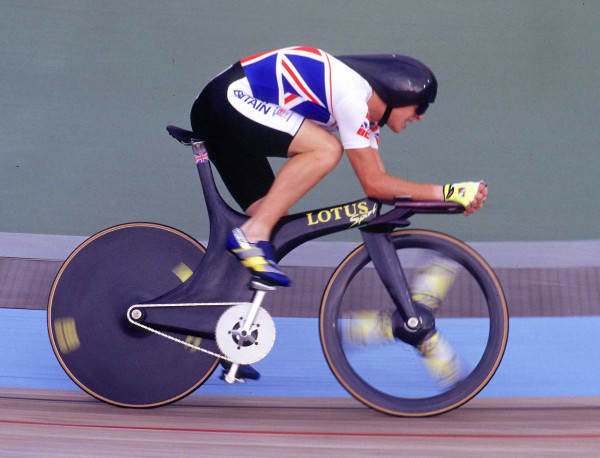
Image Source https://www.chrisboardman.com/about.php
AI sport design concept generation
Artificial Intelligence (AI) is constantly in the headlines at the moment. From deep fake photos, to musical content creation, it is hard to ignore the presence AI has. So how can it be integrated into the sport product design process? My personal opinion is that it is to be looked upon as a concept generation tool. AI can generate concepts that follow a path a team of designers perhaps wouldn’t have explored. It is an additional tool in an already very full toolbox.
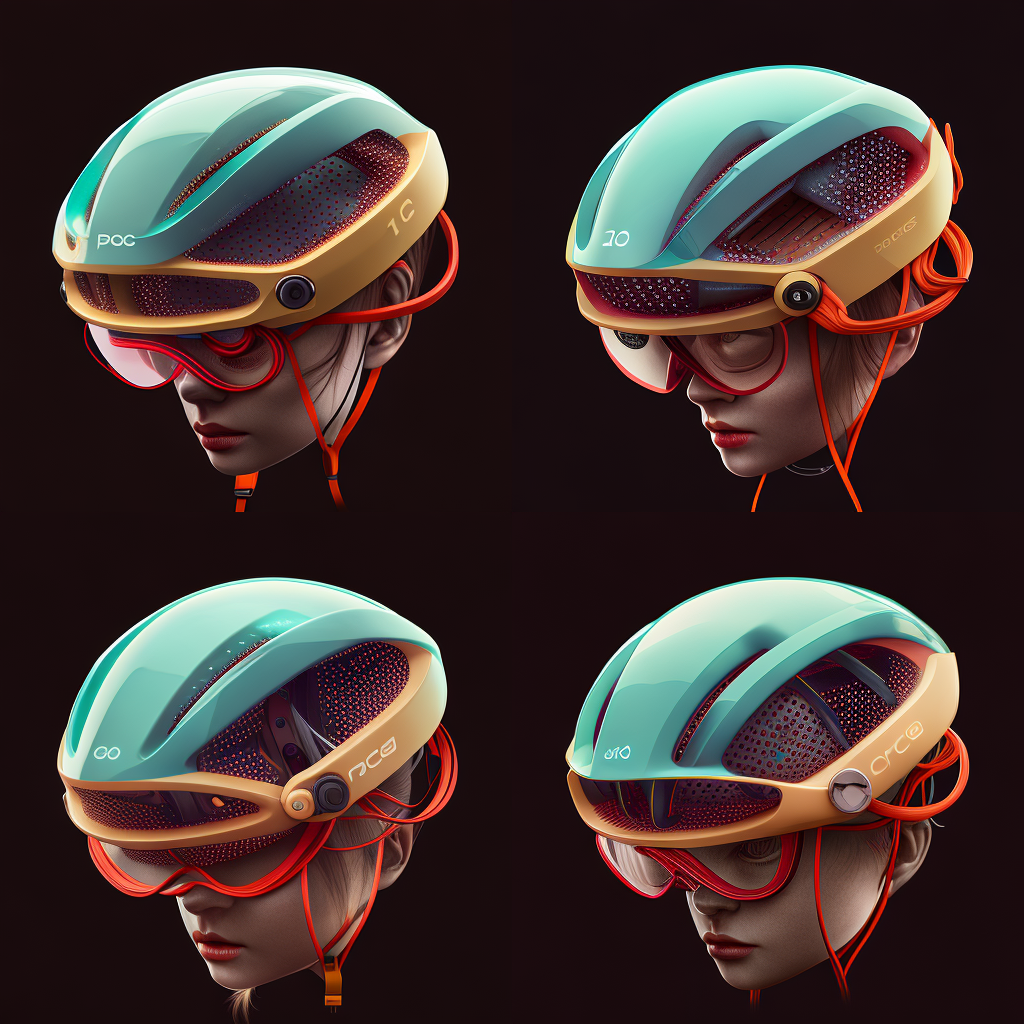
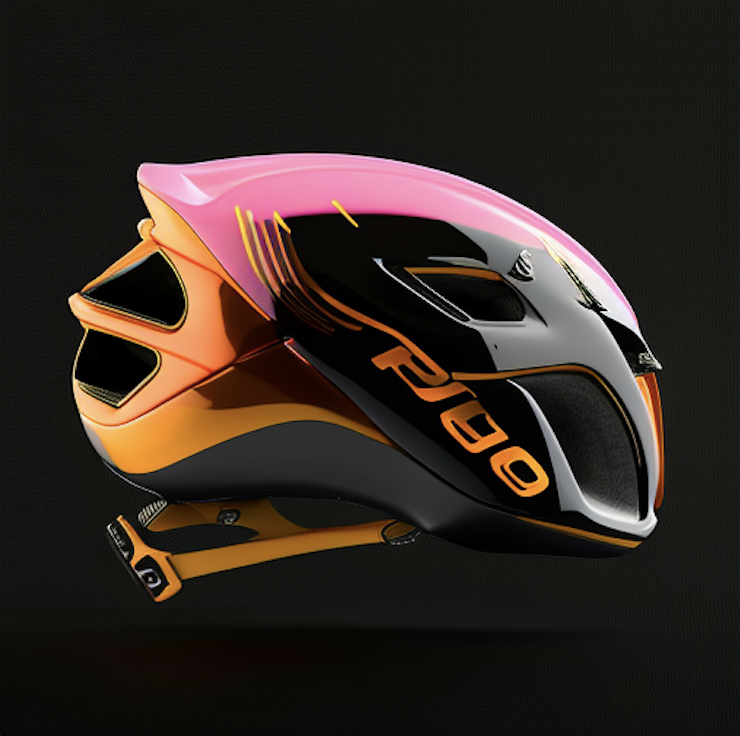
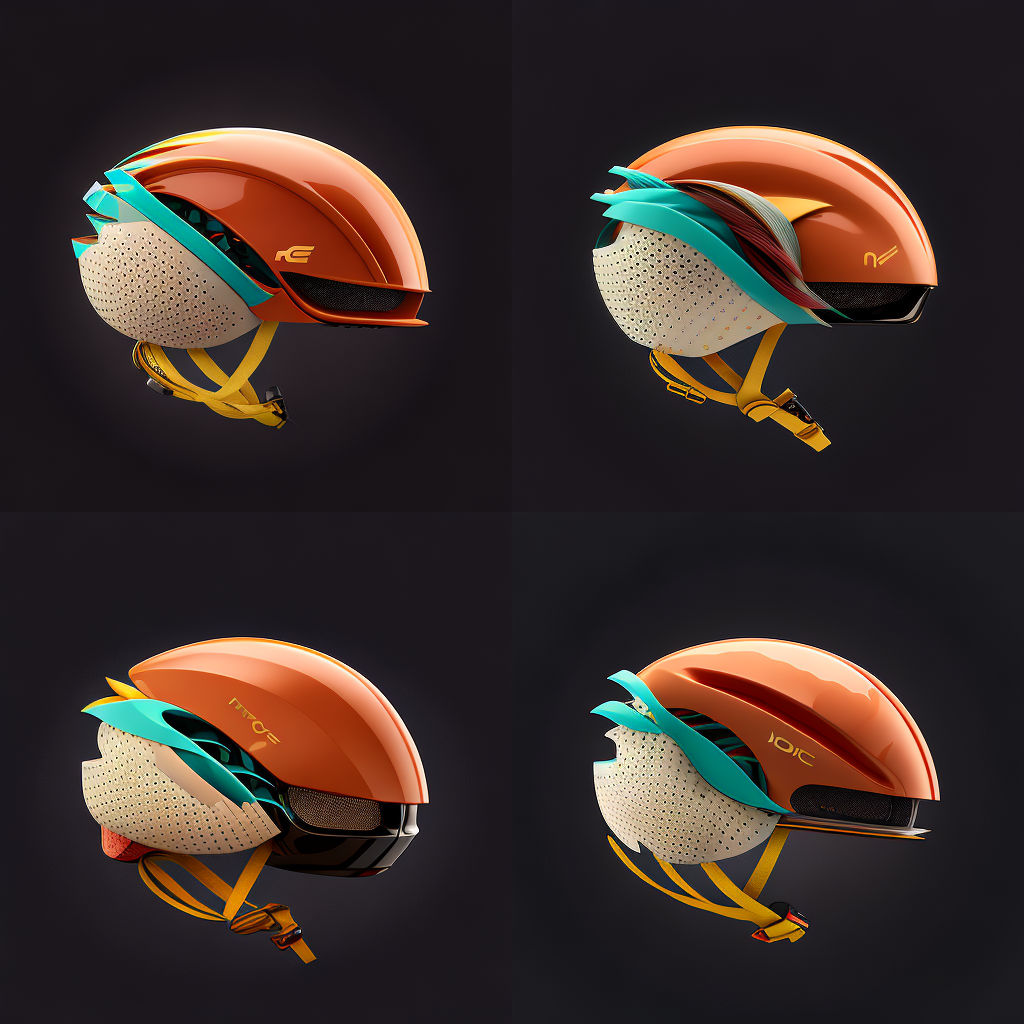
Wind tunnel & impact simulation
Formula one, aviation and cycling all have one thing in common. They all use wind tunnel simulations, or computational fluid dynamics (CFD) in their product testing. The purpose of testing a 3D computer model of a design in a virtual wind tunnel is, like a lot of technology in sport product design, is an initial test of performance.
CFD enables companies to see how their proposed products will perform as though in a real environment. This then educates them the best way to make design changes to increase product performance. In cycling for example, CFD is often used for time trial cycling helmets. Airflow over the cyclists helmet is important to decrease drag, but the air flow through the helmet to keep the rider cool during the race is just as important. Before CFD, all testing would have been tested on real people using prototype models of helmets in a wind tunnel. Now with the use of CFD, rigorous testing can be done much earlier in the product development cycle saving time and costs.
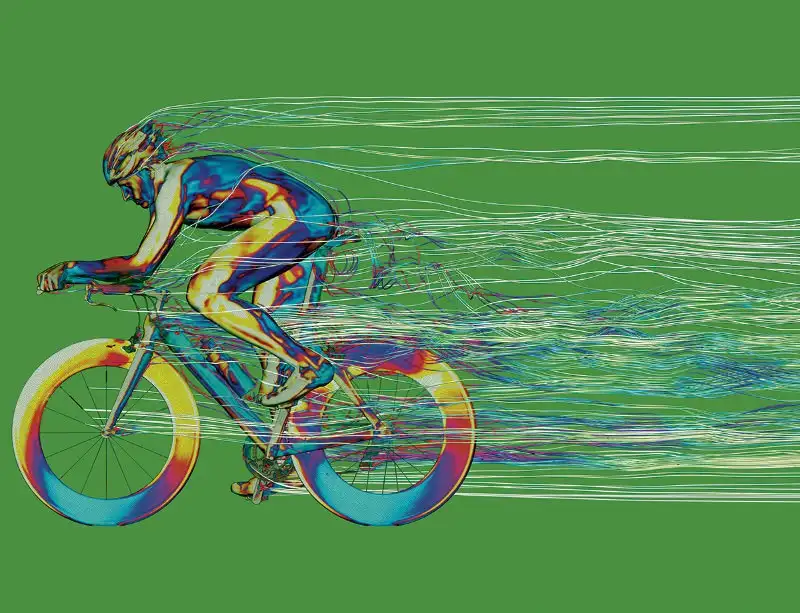
Image: John Hart, Centre for Sports Engineering Research Sheffield Hallam University
Moldflow Analysis
This isn’t a new technology as such, but with more 3D computer modelling software packages now offering material moldflow as standard, it is becoming more widely available to designers. Moldflow simulation is the performance and manufacturability analysis as well as injection molding simulations. These studies help understand how 3D designs will perform under real-world conditions before manufacturing. It is another tool which helps designers understand which shapes are or aren’t easily manufacturable.
Conclusion
Technology is used in almost every stage of the Product Design lifecycle for the sports industries. It is primarily used to enhance the endeavours of human effort. The question is; will there come a point when tech goes too far? Will we reach a point whereby performance is overly enhanced by technology? Will cycling become a battle of tech rather than human output? I for one hope not.